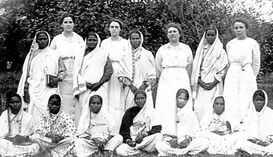 Once again I am participating in the Himalayan First Draft Club, an online opportunity to just help me get writing again. Here is today's writing: a review of the first story in Mahasweta Devi's "After Kurukshetra" (2018 Seagull Books) and its cross section with a conference I attended this weekend on Trauma Informed Narrative Theory (trauma counseling with a story-telling focus). Both are informing my approach to the story I Intend to eventually write that explores a cross-cultural relationship between women. Mahasweta Devi’s short story Panchakanya was first published in 2000 in Bengali. The 2018 Seagull Books translation into English, by Anjum Katyal, of After Kurukshetra is a compilation of three short stories portraying the time of the Mahabharata (3137 BC) in the aftermath of the epic Kurukshetra war. from the perspective of the women.. The story of “The Five Women '' is a poetic and moving femenist portrayal of the difference of moral, economic, psychological, and spiritual values of women of royalty and tribal women. The Kurukshetra, as described in the ancient Sanskrit epic, The Mahabharata, has been considered a “righteous war” fought between two royal cousins (the Kaurava and Pandava princes). Historically it may have been only a small dispute that was written down as a gigantic epic to illustrate the four main values of Hinduism, the puruṣārthas: Dharma (righteousness, moral values), Artha (prosperity, economic values), Kama (pleasure, love, psychological values) and Moksha (liberation, spiritual values, self-actualization). Mahasweta Devi, illustrates how war between cousins, war of greed of men, created a whole class of widowed women. Widows of the princes who died in “valor” and widows of the foot soldiers who died by the droves, senselessly are brought together for a short period of time, while “the earth of Kurukshetra was scorched rock hard by the funeral fires” (p2). Her understanding of tribal culture is apparent as she illustrates how Adivasi women, connected to nature, face a dramatically different reality from that of the stifling, silently, decaying widowhood of the Hindu queens and princesses. Though both cultures are subject to patriarchal power structures that seem to perpetually lead to senseless wars, the Adivasi widows’ future is more vibrant and alive than that of the royal women, who are destined to continue their lives as if they were dead and decaying. Ironically I attended a conference on trauma just after I had read “The Five Women”, that characterized three types of trauma in every human life. The Christian Counseling perspective of the conference had so many parallel conceptions, in some of the details. It spoke of human trauma that leaves us like: the Orphan (betrayed and abandoned), the Stranger (broken and powerless), the Widow (love lost and abuse). The spiritual lesson is how to move past suffering and have it reveal one’s true calling as: Priest (to manage the rituals of grieving)t, Prophet (to tell the truth and be creative), and Queen/King (to lead and make space for flourishing). The parallels to how Mahasweta Devi exposes the differences between Hindu and Adivasi approaches to trauma may not be immediately apparent. I am only just beginning to ponder the similarities. But through the telling of stories we often are exploring the process of trauma and the prospects of hope. It would be a most interesting debate to have with those of these particular various persuasions, that I will continue to ruminate over and hope to someday tell a story that brings these world views together in discourse through my next book (a novel- anticipated title: “Lives We Cannot Keep”) There is certainly so much more for me to write about both the conference and the short story, but I wanted to simply capture how my many worlds that I navigate through sometimes intersect. How all our worlds and our worldviews are constantly moving away from and towards each other. If you have the opportunity to read “After Kurukshetra” please join me. There remain two more stories in the collection of 54 pages, that I trust will bring more commentary on the Mahabharata and inspire more thoughts on Trauma Informed Narrative Theory.
0 Comments
What world have I stepped into? Mihir Vatsa in Tales of Hazaribagh (Speaking Tiger 2021) invited us on his journey into the world around his hometown; a small town of man-made lakes and elevated climate that wooed visitors over the last couple of centuries. A few settled there, like his family, and so it became his hometown. In his poetic prose, he says little of the people of the town or the traditions of his family. His return to his hometown is not to go back into his childhood and the place of his ancestors. Instead he is in search of refreshment and relaxation in the setting: the surrounding forests, hills, plateaus, valleys, rivers and waterfalls. He finds healing here after becoming overwhelmed by the stress of urban life.
What follows is not so much a review of his writing, as a pondering of what we might be missing from seeing only this perspective. His perspective is valid, genuine, and authentic. We end the book knowing he has found the peace he has been looking for and in that we also find comfort. While he observes and articulates the power, energy, control, and the preservation/conservation/beautification of this forest world, it is from his position of privilege and his license to easily take the time to explore, move around with relative ease, and articulate how it impacts him. So even though he is returning to his “hometown” he is still primarily observing it as an outsider. This is not a criticism, for my first attempt to be an author began also as a journey of returning. In so doing, I discovered myself and my roots, as recorded in the biography of my great great grandfather: Among the Original Dwellers: Remembering Ferdinand Hahn (Lulu: 2019). I embarked on this journey to rediscover the first generation that connected my family to India in the late 19th century. I was born into an American medical missionary family, my father was the fourth generation missionary and the third generation born in India. I spent most of my formative years in India. With that kind of background it is hard not to feel a little Indian, though my passport says I am American. To further complicate my identity, the ancestors who lived in Chota Nagpur from 1869-1915 were Germans living in British India. Researching their interesting lives brought me into contact with Christian Adivasis, many were educated and urban, but all longed to stay connected to their cultural heritage and know their history. I now hope to write a novel that explores the relationship of a German missionary wife of the 19th century (ie. my great great grandmother) and an Adivasi woman. It is clear that I cannot do that until I have done so much more research and have more experience to understand the Adivasi perspective. Taking on this challenge I try to read whatever I can about the Adivasi. I look for how they are portrayed not only in books but other mediums, and I gravitate towards whatever they themselves have written. However, Adivasi literature is only an emerging genre. Historically non-Adivasis write about Adivasis. True Adivasi literature, by Adivasis, is immersed in the tangle of translation. I, for example. Write in English, while working on improving my Hindi, and Adivasi culture remains predominantly an oral tradition. Each tribe has their own language with regional variations. When an Adivasi writer manages to write of their own culture, often it must be translated into multiple languages to be understood by their own people. Presently I gravitate to writers who have perhaps six degrees of separation from my primary subject. A great example is Mihir Vatsa’s Tales of Hazaribagh: An Intimate Exploration of Chhotanagpur Plateau.(Tiger Books: 2021). I truly enjoyed the read, for I also long to return to my childhood home (Mussoorie UK) to explore its beautiful landscape and landmarks and fascinating history. But he, like me, will perpetually be the outside observer, even in our own hometowns. As he wandered through the Sal forests, hills and plateaus, in pursuit of finding a little known waterfall, he often crossed the paths of the people who lived there. Often they looked at him puzzled and gave vague directions. Sometimes they dropped whatever they were doing and led him to the very spot he was looking for. I keenly read those parts, because that was the connection I was looking for. Vatsa was looking for the healing power of nature. I wanted to know more about the perspective of the people he met, and what wisdom they might have of this world. I still mostly have questions: Were they Adivasi? Did they live there since their ancestors had cleared the land? How were they impacted by the “development” that encroached their habitat, and visitors like Vatsa? Where is that story? And can an outsider ever really tell it? What, if any, significance was this waterfall, the rivers, the forest, the hills, the land? Or as Adivasi say "jal, jungal, jamin". I began with: What world did I step into? That is really all we do as outsiders. Many worlds have been created that millions have stepped into and feel that it is familiar enough to be "home". The Star Wars series took us to “a long time ago, to a galaxy far away…” How do we step into a real world, not of our making, but certainly of our (generically speaking) curiosity, meddling, exploring, and even exploiting? How do we step into that world and truly see it and know it? I am grateful for Tales of Hazaribagh, because it moved me into the setting of Hazaribagh, Jharkhand. Into the sal forests and rocky rivers that I have only had the privilege to glimpse briefly on my periodical visits to Jharkhand from 2016 - 2019. I've been jotting down my perspective in this blog and the journey has been transformational. My ancestors also wrote down what they perceived, explored, discovered, settled, etc. I found that they made a remarkable attempt to understand the Adivasi, who they lived among. And found they are still remembered: Ferdinand Hahn, wrote down Oraon folklore and created a Kurukh grammar that is still used today. In remembering his life, I became truly intrigued with the place and people and times that he lived in. I long to step into that world and rediscover it, not just for myself but for all of us to truly appreciate the landscapes, landmarks, and stories. It is not just a world that heals, it is a world that teaches and perseveres. It is a world, if we only could step into it, that could heal, like Mihir Vatsa in the beauty of Hazaribagh. I was just reminded that when I first went to Jharkhand I told an Adivasi elder that I have come to find my roots. He replied "That is good, from the root comes great trees." Upon completing an incredible 50 year study of and relationship with the Sora tribe of southern Odisha by Piers Vitebsky in “Living Without the Dead: Loss and Redemption in a Jungle Cosmos”(Chicago University Press: 2017), I wish to share a portion of his conclusion that describes the importance of preserving Adivasi culture. How literature, language, social well being and relations and even ecology are all tied together with our past, present and future. "By the 1990s there was a growing awareness of the worldwide threat of the extinction of plants, animals, and ecosystems. The United Nations Convention on Biological Diversity (UN:1992) was closely followed by the International Union for Conservation of Nature’s Red List of Threatened Species (www.iucnredlist.org), which established a grading of endangerment (Moseley: 2012.2) This approach was soon extended to the idea of endangered languages (UNESCO 2010). Though languages are not simple entities, and their boundaries are debatable, linguists reckon that there are only 6,000 languages surviving in the world today, and that half of these are endangered (Evans:2019; Moseley:2012). The greatest threat to a minority language world-wide is schooling in a dominant language. Whatever the benefits of residential schools, they are also a notorious medium of alienation, separating children not only from their parents bu also from their cultural and linguistic milieu. However, many people speak a language now, if i is not spoken by the children and carried forward into their adult life it can become extinct in a generation. Sora may be reaching this point. At stake are not only language themselves but “entire worldviews, religious beliefs, creation myths, observations about life, technologies for how to domesticate animals and cultivate plants, histories of migration and settlement….” (Harrison:2007.159). Daniel Nettle and Suzanne Romaine (2000) argue that “the extinction of languages is part of the larger picture of near-total collapse of the worldwide ecosystem… and that the causes of language death, like that of ecological destruction, lie at the intersection of ecology and politics.” My research points to a further endangerment, that of untold thousands of religions that have formed most of human history (Rappaport:1999) for hundreds of thousands of years. Almost all of these religions (themselves worldviews in fluxx rather than static or bounded entities) have been unwritten and undocumented, and as they disappear they leave little race. The analogy with endangered species is not complete , and that with languages is closer, since religions can rapidly transform themselves, split, amalgamate, and make compromises in ways that species cannot. My experience with the Sora suggests that each religious form may be highly adapted to local social and historical situations, which are like ecological niches. Until the missionary hospital, this was a society total without medication. In earlier times there may have been more healing plants than I saw, but these were probably worn rather than ingested. The Sora lived and reproduced themselves in a situation of extreme survival, in which a high mortality rate reflected a process of extreme natural selection and extreme antibody production, experienced culturally as an extreme level of sonum (ancestral spirits) activity. By the 1970s, the government was following the missionaries in providing medicine locally, but there were many obstacles to its availability, not least embezzlement by medical personnel (and there was also one large scandal in the mission hospital), and I still had to watch helplessly as people of all ages dropped dead around me. Yet the Sora did not have a concept of a lack of medical facilities; rather, their attention was focused on a different understanding of survival and flourishing, based on familial relationships. Today the person has become more individual and less relational, and this has combined with the greater availability of medicine to narrow the chains of reasoning about misfortune." (Vetebsky:2017.330-332) I respect Vitebsky’s integrity as an anthropologist to grasp the nature of the radical transformation of the Sora from what he calls animism to Baptist Christianity (and other religious expressions) during those 5 decades of experience in “Soraland”. Since I am looking at the forty odd years that my ancestors lived with and related to the Oroan in Lohardaga district, this was a contemporary example of the nature of cultural transformation (sanskriti parivartan) and to explore what was lost and what has, sometimes ironically, survived. I respect that he also was forced to rethink what the role of the missionary was and even admitted: "An anthropologist may not be so different from a missionary after all, since we both draw out personal narratives that go beyond those that people are used to articulating, show them new perspectives, and change their lives." (p 327)
I would add: in a changing world that would impact them eventually but gives them some agency to transform on their own terms. Yes, for the Christian converts had an initial impetus to throw away the old and embrace something new, but always there is memory or nostalgia that calls back to an older narrative that does not escape, something about food, social interactions, family and kinship relationship, moral sense, and I think most of all, their folk tales and music (the literature of the illiterate), or their ability to tell their stories and hear their own stories in their own voice. Their stories and culture are not simply beneficial for the identity of the people themselves, but there is a growing global awareness that in the mad rush towards development relations to each other, to nature and both the physical and spiritual realities has become distorted and corrupted. Those surviving traditions may become a helpline to regain new ways to develop and progress that is actually sustainable, with agency in the hands of the people themselves to write their own stories, and to form a collective memory based on forgotten relationships and knowledge. 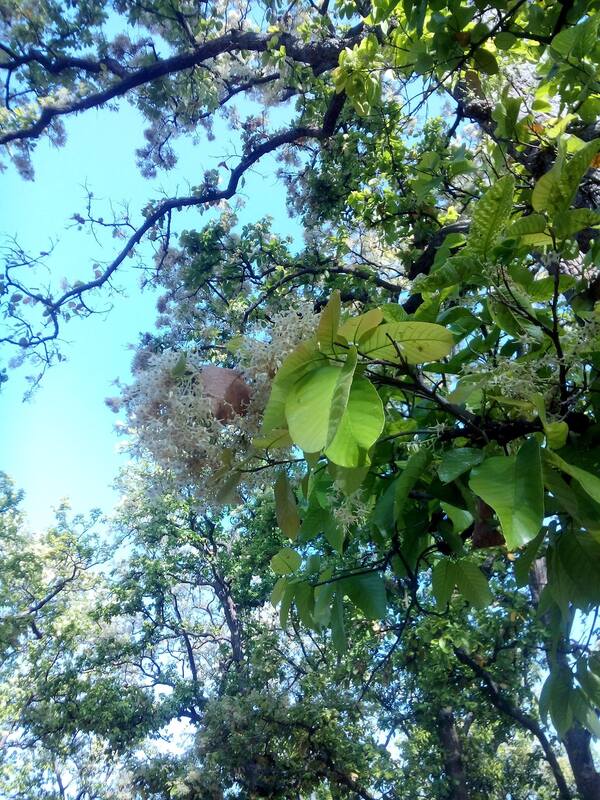
My prayer goes out to all who are in lockdown, quarantine, or self-isolation during this Covid-19 pandemic. We are all challenged by this and some are most devastated by these developments while others are simply inconvenienced. We have an opportunity to be there for each other, even across the seas. It can also be an opportunity for us to resort to talents and tools that may have laid dormant in our normal life. Life for a while will not be "normal" so we must be resourceful.
It is for this reason that I am calling for people to send me Adivasi stories that I will then post on this blog. Please submit short stories to [email protected]. This is a continuation of the Preserving Our Heritage Writing Workshops that I conducted in 2018 and 2019 in India. To learn more click on this button.
Here is an initial sample just sent to me by Cyril Hans in Ranchi
Friday 27 March 2020 Sarhul (Flower Festival), Ba/ Baha Portob (in Mundari, Santhali, Ho). Celebrated today. Owing to lockdown no usual processions of revellers in town this year. Sher Shah Suri in 1538 stormed the fort of Rohtasgarh in Behar on the day of Sarhul festival. Milkmaid going in and out of Fort told the Afghan soldiers a secret. That Oraon men are usually drunk on this day. So the soldiers attacked the fort to capture it from the Kurukh speaking Oraons on Sarhul day. It was Singi Dai (सिंगी दाई), D to be pronounced as in (the), who along with her friends, Champa and Kaili led the fight, dressed as men. Mighty Afghans did not believe until told by the milkmaid to watch the Kurukh women fighters washing their faces by both the hands in the stream, as against men who normally use one hand to wash their faces. Another example is this lovely article I found published in The Hindu in 2015. Please, click botton to read:
(by Cyril Hans)Here is yet another example of recording a story that is told and retold of an elderly Ho couple:
One day there was no rice at home and no food was being cooked. But the household help boy found the leaves of the tree at the back of their house. It is eaten by all tribals in Chota Nagpur, and is known by various names, as Munga, Sajna, Sooti, (drumsticks) etc. and is considered a medicinal plant and tree. Because its leaves, flowers and long green fruits are eaten as vegetable and its barks and even roots are medicinal. Leaves are considered good for controlling blood pressure. When it was served to the old couple after boiling it, either a visitor or his helper boy was said to have declared, ‘this old man said such a long prayer even for a small portion of this green leaves as a whole meal!’ ------------------------------ Also see what Ferdinand Hahn wrote early in the 1900s about the Oraon celebration of the Sarhul Festival:
https://www.amongtheoriginaldwellers.com/selected-readings/sarhul-festival
December 2019: Christmas thoughts from Mary Girard (also posted www.amongtheoriginaldwellers.com) I was so blessed when Joy shared this picture on Facebook. Though I had studied art under the Christian Indian artist, Frank Wesley, and have a book of his work, I had never seen this one. It clearly is his work; incorporating the message of God among us (Emmanuel) in the classical Kangra Valley style with Indian symbolism. I just love the fact that there are hardly ever nativity scenes where baby Jesus is in the arms of Joseph. As I care for my aging father I am more and more aware of the important role of the active father in a child’s life (from infancy to the end). Enjoy meditating on this picture and reading the comparative birth stories in Matthew and Luke this Christmas season. May new insights of love, joy, peace and hope be birthed in you in the midst of a world; that is on one hand as beautiful as this, but on the other hand is just as cruel and oppressive as it was in the time of Jesus. This past year has been so rich. I published my first book (through Lulu.com) and have had a few opportunities to promote it in the US and India. As I await efforts to get the book published in India (after a careful edit) I will continue to promote the publication in the US and Europe this coming year (starting in Florida in January) For those of you who have had a chance to read it I would appreciate if you posted your candid reviews on Amazon, Lulu, GoodBooks, Barnes&Noble or where you might have purchased your copy. My goal is to increase sales of the book in the West by 3 fold. And when I say “candid”, I mean that. This was a challenging book to write. There were so many varied readers who I wrote for: academics, Christians of various ilk, those concerned with social justice, history, psychology and culture, as well as the Adivasi themselves and the general Indian population that see afresh their own history. I’m bound to step on a few toes or to confound others. I already know that some readers have found the book has spoken to them on an emotional or mental level. My main hope is that it ignites thought and even conversation about our complex world and histories and that the cause of the Adivasi and Christian minorities in India will be known. I was very happy to attend the Jubilee Centennial year of the Autonomy of the Gossner Church (Evangelical Lutheran and 90% Adivasi). It was wonderful to join the churches in celebrating their culture, community, history and their Lord. Celebration of NWGEL in Malar July 2019 Celebration of GEL in Ranchi November 2019 Glad to have shared joy Met my cousin, Klaus Roeber and adventure with Delia whose ancestor was Alfred Nottrott I also enjoyed speaking to many groups in India about the process and reasons for preserving and learning about and from their heritage and the unique Adivasi history. It must be documented or written down as the oral agriculture-based culture is perpetually diminished. On my next blog post I will share more details about the writing workshops that I have done and plan for the future. In October I also enjoyed visiting Chhattisgarh for the first time since 1976. Since the monsoon was lingering everything was so green and fresh. Though I have little personal memory of my childhood home (ages 1-5) there are many family memories that were revived by my visit. Arriving at the house that where our family lived from 1951-1964 in Tilda Meeting Alfred (90 years old) our Kansama (cook) Now I have returned home in Madison and have to concentrate on caring for my 95 year old father, who is finally feeling his age. He has been an indispensable research assistant and translator for me. His work is not yet done as I begin to research my next book, a novel about the relationship between a missionary wife and an adivasi woman. Two bible study groups have been so key to reviving my soul and imagination this past year. My heart is filled with blessings.
My son Joel is still living in Chicago and so we try to meet up every month. Renee is farther away in Miami but always near my heart. They are both finding their way in this world and I couldn’t be prouder of them both. Much love to all friends and family, and even those who I have not as yet met. Mary Girard (Madison, WI) Though I am visiting India as a tourist, to see the place of my ancestors and to meet so many friends that I have made over the past few years, I am always asked to speak. This trip was no different, especially since people wanted to hear about the book, Among the Original Dwellers, that was as much about their history as it was about my ancestors. These were some of the opportunities:
One hour presentation on Among the Original Dwellers, summary, achievements and themes. For B-Th seminary students of the NwGel and CNI. Listen to the presentation here: This is a great summary of the whole book: Among the Original Dwellers (2019) Short samples of stories written in Hindi and English of common day things that are (or were) part of Adivasi culture: Patri Bhat (leaf plate), Karya (loin cloth), Mara Jhail (peacock feather) (sorry for poor sound). If this inspires others who wish to tell other Adivasi stories please contact me. Eventually we hope to publish a collection of stories about cultural heritage.
What do I know of Economics? Evenso I was invited to speak at the girls Nirmala College in Ranchi, a Catholic College. Dr Nirmala Daisy Nilu Ekka who I met in 2016 has become a great friend. She is the head of the economics department and asked to present my book to her class and speak about economic development. Once again I had to speak spontaneously after figuring out what kind of audience i had and what the hopes of the economic teachers were. I had to speak quite simply in English, because though it is an English Medium school most of the students had a hard time following the English. The teachers also did some interpretations and explanations in Hindi.
I have written my book through the lens of history and psychology, but I had not really viewed what the missionaries of the 19th century did was community develooment. The fact that some of the students were there from tribal families, who recently were merely farmers or laborers. It is develioment that their children or grand children, especially girls, could now be going to school. Both the principal and head of the department encouraged the girls to aim high and take this opportunity to learn from the past. One thing I emphasised as I told of Ferdinand Hahn's life was that each one of them had something to offer from their experiences. Ferdinand Hahn did not have the chance to go to high school or college. He was completely self taught. As they soon found out, despite that, he was able to do many things that ended up positively impacting Jharkhand. He came to Ranchi in 1868 and was married in the Gossner Church on the main Road here in Ranchi. He came believing that the message of Jesus Christ was a liberating one and hoped to liberate the Adivasi from poverty and oppression. Education was the first important tool for development. His first job was to teach in the boys boarding school. Soon he was asked to help tutor the seminary students. Here was a man who had no seminary education who was able to teach others. Just as i was speaking to them about Economics, with very little training in Economics. So i can only speak from my experience and the experience of my great great grandfather. Then i mentioned he went to Chaibassa for a year. This was because there was an epedemic and many missionaries and their families died. It was discovered the well was contaminated so a new well was dug. I realised this to was part of economic develooment: clean water, food, housing, and education are key to any community's well being and development. After this he went to Lohardaga and there he spent much time learning about the culture and language of the Oraon tribe. He wrote down many of their folk tales and wrote the Kurukh Grammar that is still used today in Ranchi University or Gossner College where Kurukh is taught. In Lohardaga there were some members of the community who had contracted leprosy. Now in Oraon community they didnt outcast anyone who had leprosy, but the lepers themselves felt they were only a burden on the family. Now this was well before there was a cure The only way they could contribute to the family was to beg and they didnt want to do that. So here again there is another economic develooment example. A small community was built for them with their own talab and mango grove was planted so that the lepers could receive care for their wounds and have fruit to sell to help sustain Rather than criminalising or institutionalizing these poor sufferers he created a self supporting community. Because of his work with the lepers he was asked to go to Purulia to administer the lagest Asylum in all of Asia It was also at this time that he was asked to write about what he had learned about the culture. He was also asked to join Father Hoffman (Jesuit) to write the Chota Napur Tenancy Act. which recognized the traditional waysthe Adivasi identify their land. This important land reform was central to the survival and development of the Adivasi up to today. That law was passed in 1908. The missionary noticed that the people began to really improve their farns immediately afterwards. He asked why they hadnt taken such good care of their fields before? They replied that if they had the land would only be taken from them . So this reform empowered them to return to their ancient agricultural wisdom. I wanted to tell them of the role of Christianity in Economic Develooment In 1845 the first Lutheran mission came to Chota Nagpur (Jharkhand) their emphasis was to establish quality education. Father Lievens a Jesuit started a catholic church. His emphasis was to advocate for social justice the rights of the people. At the same time the Anglicans (now CNI) started a church. Now they of course were closely associated with the British, the ruling power at the time. So the Adivasi had this saying: if you want power, become an Anglican; if you want legal help become a Catholic; and if you want education go to the Gossner church. We know that times change and that now the Catholics are known for education, but that is how it was then. The point is the church played an important role in providing for the needs of the community. You may think only the government or business engage in economic development but churches and other NGOs play a very key role. Economic Develooment is important and vital for survival, but what was the problem with the British and still today , is that development often is done totally disregarding the people, their heritage and nature; this is short sited. Nature is destroyed, community is destroyed and in the end we all suffer So it is key to conduct economic development that keeps in mind the old wisdom, that gives voice to all sectors of society. to empower and to consider self-sustainability. Other values that were part of tribal economy were cooperation, reciprocity, community based equality, etc. These values must be re-ignited and incorporated in economic development. An evening with Bishop Minz and Paracleta. These are one of the first people to welcome us in 2016. I had know idea who they were then, but they were eager to meet the descendents of Ferdinand Hahn who put the Kurukh language into writing. He is a greatly honored man in Jharkhand, not only for his leadership in the church and in education for Adivasi but also for being active in the Jharkhand movement. Now in his 90s and his wife suffering Parkinsons disease, they were so eager to see my book and also to experience the hundred year jubilee of autonomy of the Gossner church in a couple of days. He wrote a few songs in Kurukh for the occassion.
I had a very lovely passage to India, thanks to a 24 hour layover in Zurich, where I enkoyed the lake and city with a cousin. Then i arrived in Delhi and rested for a full 24 hours. On the 4th, I spent a long while at the airport enjoying watching all the different travelers. I now am so happy to be back in Ranchi. I was honored to be greeted at the airport by Bishop Lakra and the General Secretary of the NWGELC. I have settled into my room at the guest house. I so enjoy the people here. It was such an honor to have 25 friends and family join me to celebrate the launch of my new book: Among the Original Dwellers. My cousins from my mom's side (the Heins) joined my family from Woodstock and dear friends here in Madison. I apologize to those who may have tried to join us but were dissuaded by another event that was happening in the same building. (Here is the the "bare" minimum of what you missed. ;-) ) I had on display pictures and some of my resource materials. As I spoke and answered really great questions we snacked on Indian snacks and chai. After a good hour I then signed some books. I am interested in promoting my book in your city, so please contact me to explore how such an event as this could be done somewhere near you! I began by speaking about one of the more interesting experiences I had during my visit in Jharkhand, where most of the book takes place. At the time the region was called Chota Nagpur. In 2016 i celebrated Easter with the Adivasi Christians. Their celebration is the most unique it comes from a unique blend of Moravian and Adivasi traditions. The easter sunrise service takes place in the cemetery and the Resurrection is celebrated together with the ancestors. The graves, which generally are mounds of earth, are white washed and then decorated with flowers and candles before the sun arises. It is perhaps one of the most beautiful sights. I explained the traditional Adivasi views of life after death. The various tribes (two dominant ones were the Oroan and Munda) believe in one Creator God. They feel detached from that God and most of their spiritual concerns are appeasing the spirit world. Spirits are primarily ancestors who were not properly taken care of after they died and so did not go to their final resting place, but wander around as hungry and vindictive spirits. This is one of the reasons many Adivasi were drawn to Christianity, because it offered an escape not only for themselves but also their ancestors to be able to share a hope of a Resurrected life in the here-after, and also an redeemed and abundant life here on earth. This autobiography of one the the missionaries who helped establish Christianity here in Chota Nagpur, is about connecting with our ancestor's stories. The legacy of Ferdinand Hahn, my great great grandfather, is felt to this day by the descendents both biologically and spiritually. I then spoke of how the diary of his wife, Doris, inspired this story and my journey to research my family. This led to a journey to understand how globalized the end of the 19th century was so that there was a connection between Germany, England America and this most remote forest plateau region that was home for centuries to the Adivasi (indigenous peoples/tribals) of this part of India. I was also grateful that my 94.5 year old father, Ted Feierabend, was in attendance. He has been my greatest supporter, cheerleader, encouragers, sounding board, translator, research assistant and financier. He also shared some of his insights about this very important history. |
Click here to learn more!
AuthorMary Girard with Bishop Nirmal Minz and his wife, Parakleeta, two remarkable leaders of the Adivasi Christians of Jharkhand. They are writer's themselves and have encouraged me much in my pursuit as a writer and have inspired many others. I am an author of my first book that is seeking publication. Among the Original Dwellers: Remembering Ferdinand Hahn, tells of the life story of my great great grandfather who was a missionary from 1868-1910 in Chota Nagpur. In writing his story I discovered the story of the Adivasi of the region who were also impacted by his life. I am now committed to inspiring others to learn and write about their Christian Adivasi heritage. Archives
April 2022
Categories |
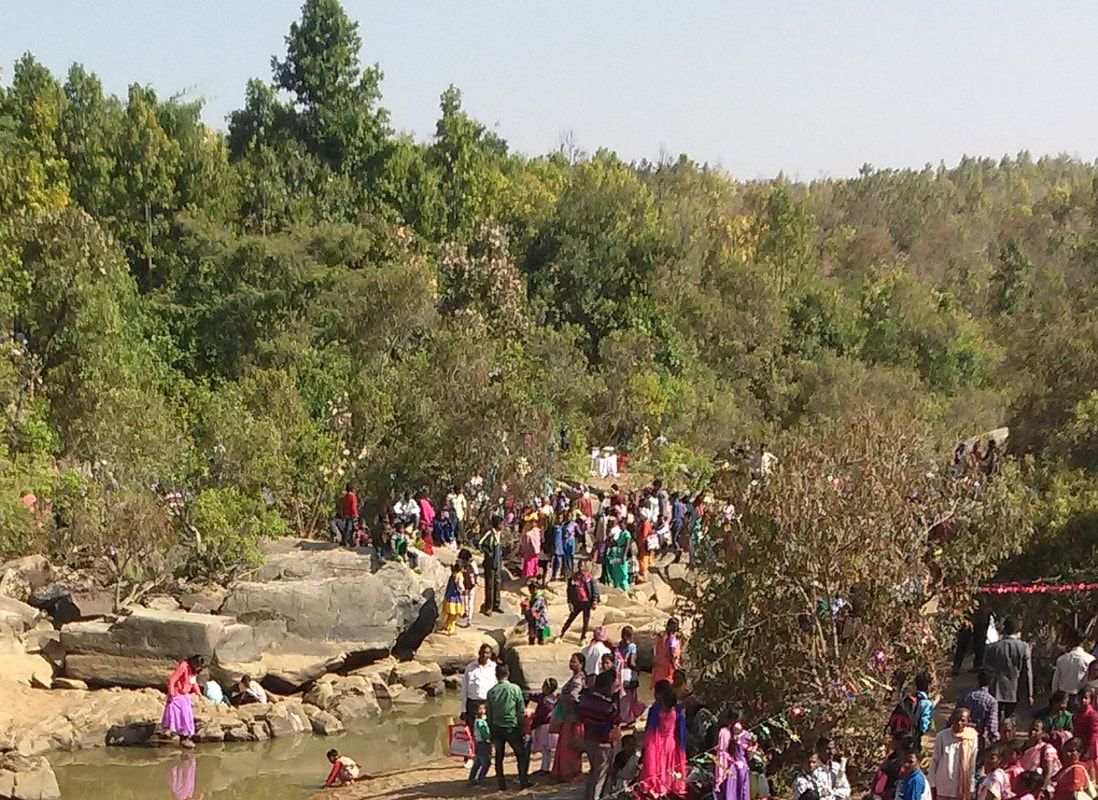
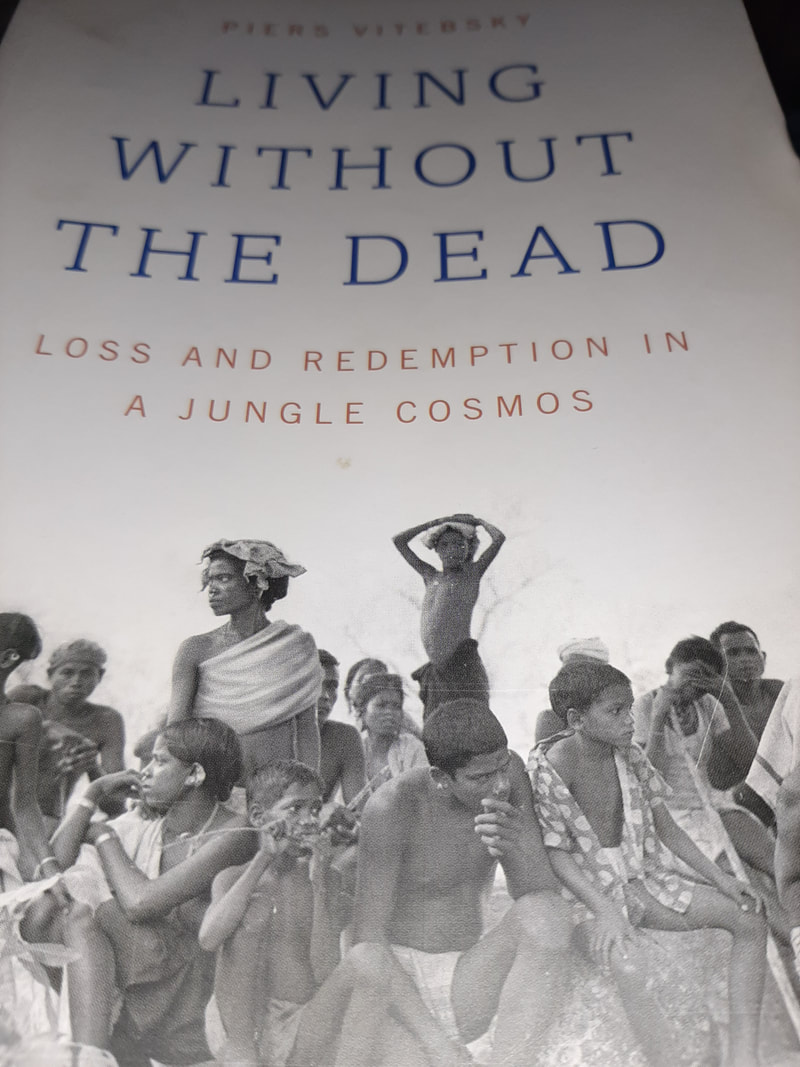
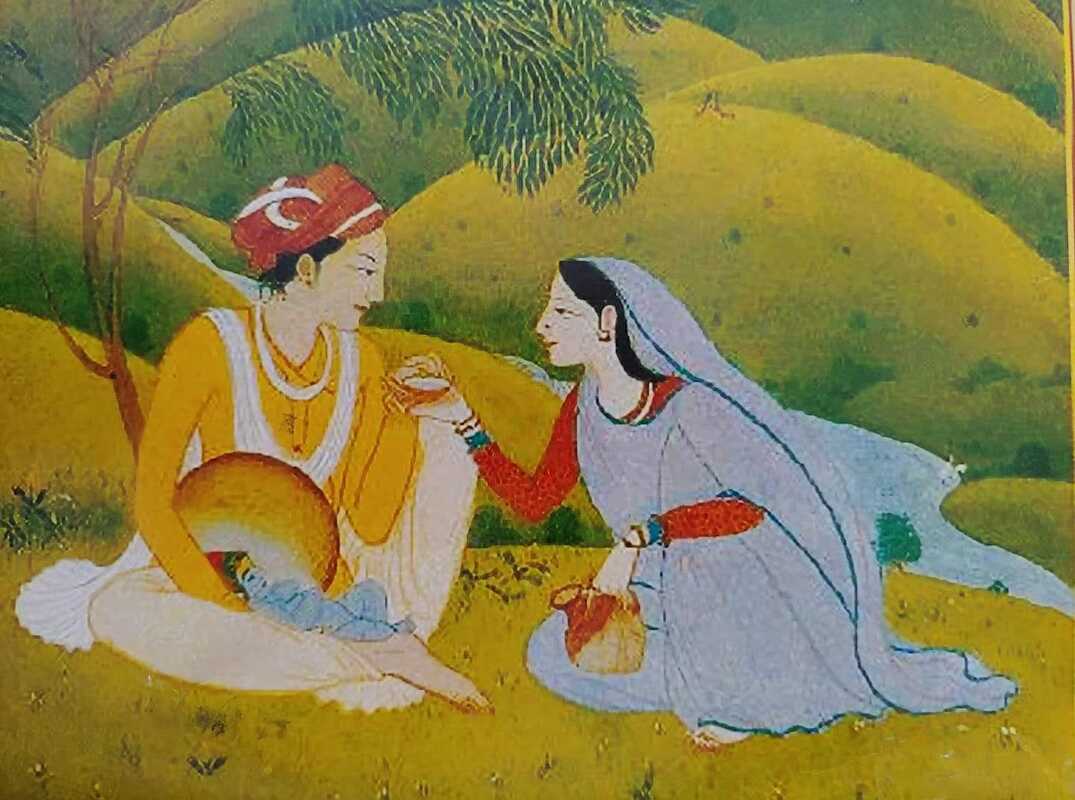
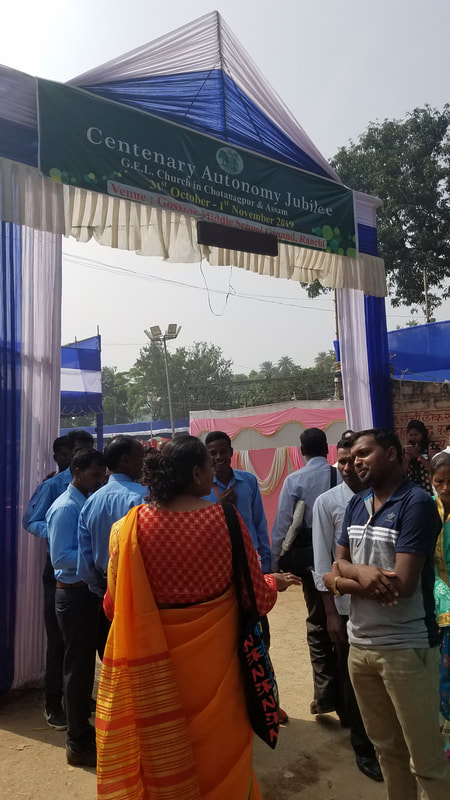
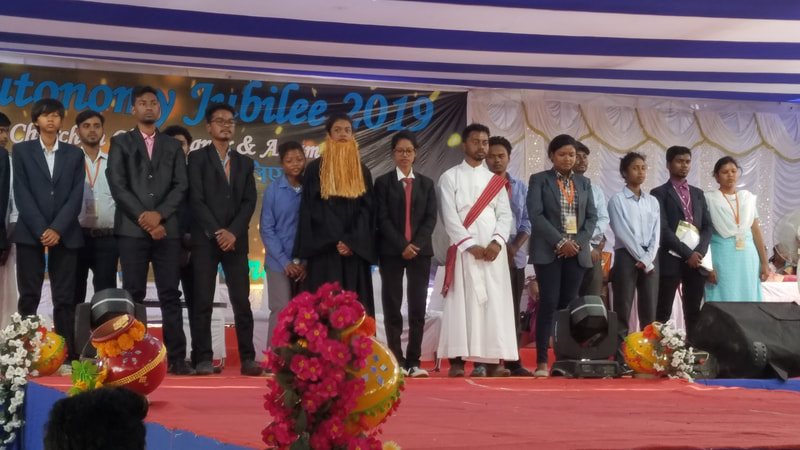
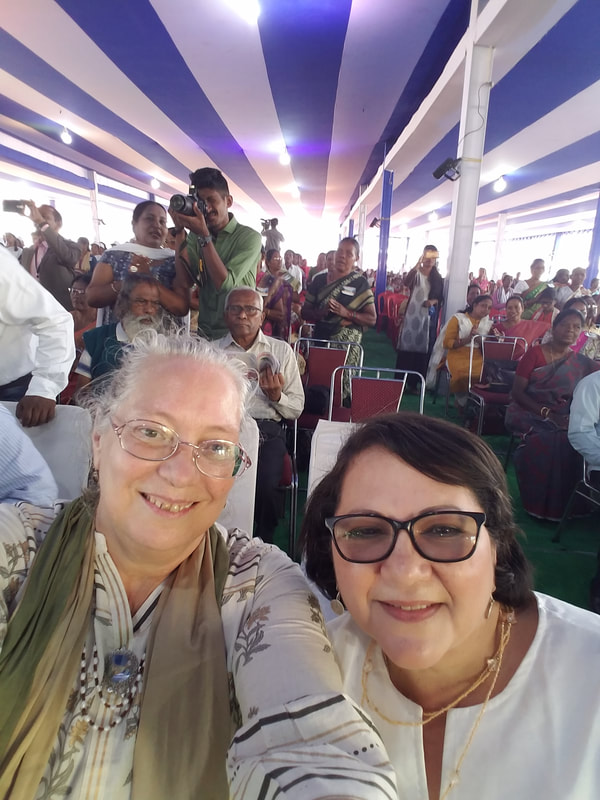
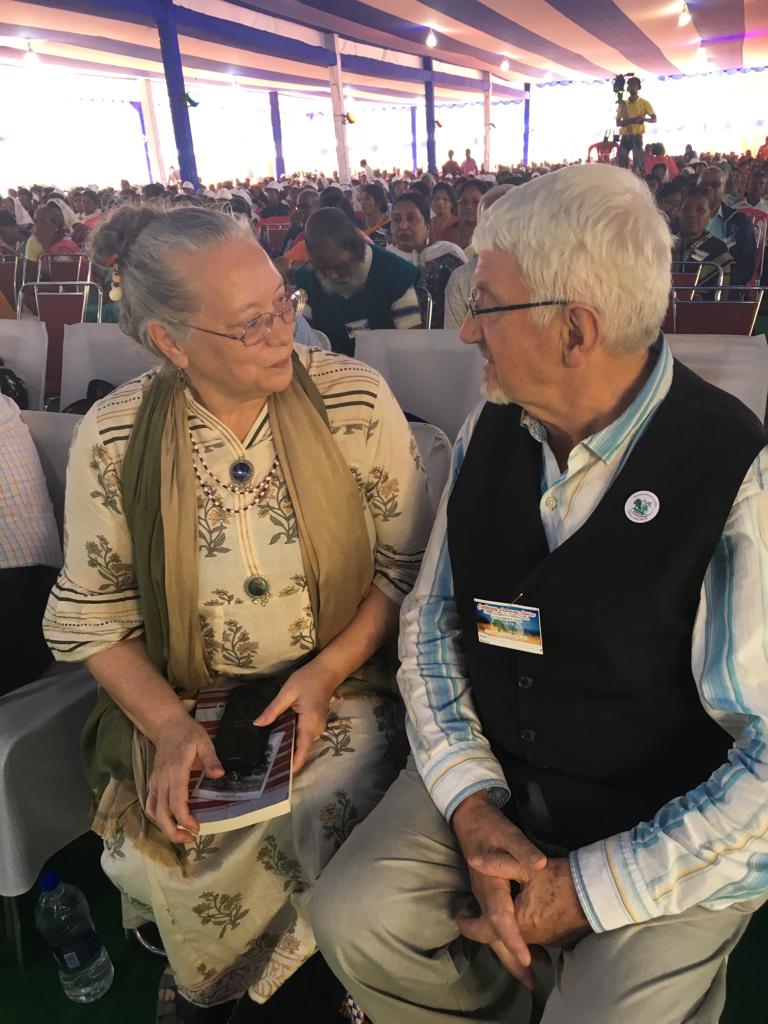
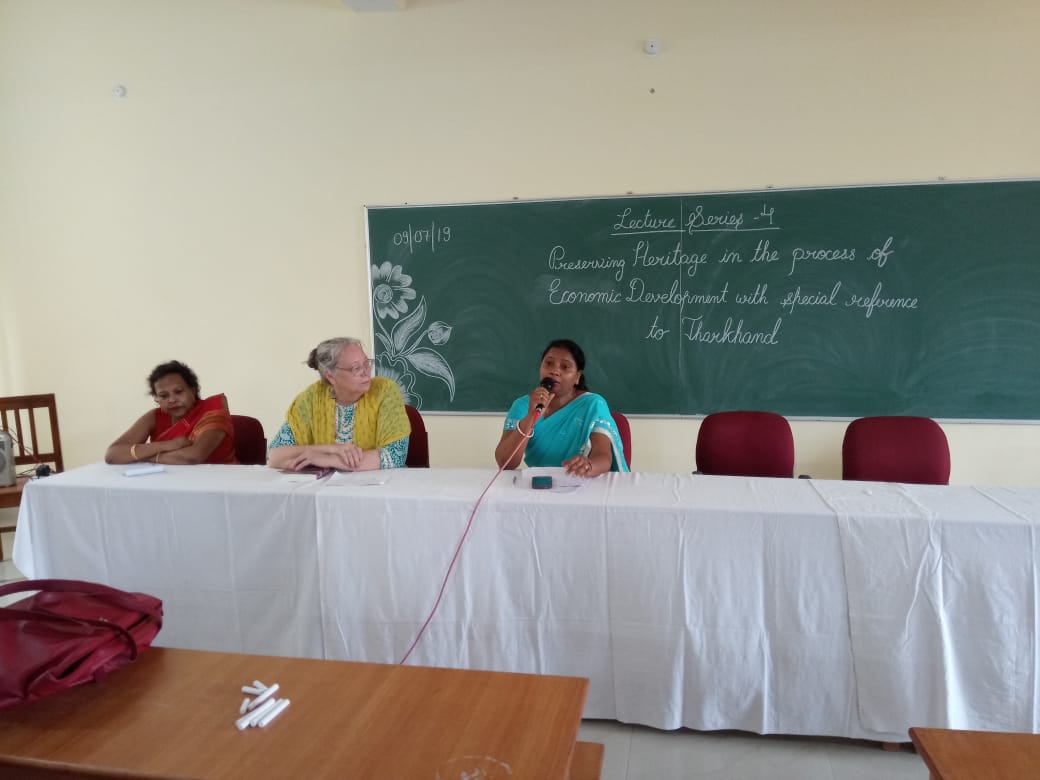
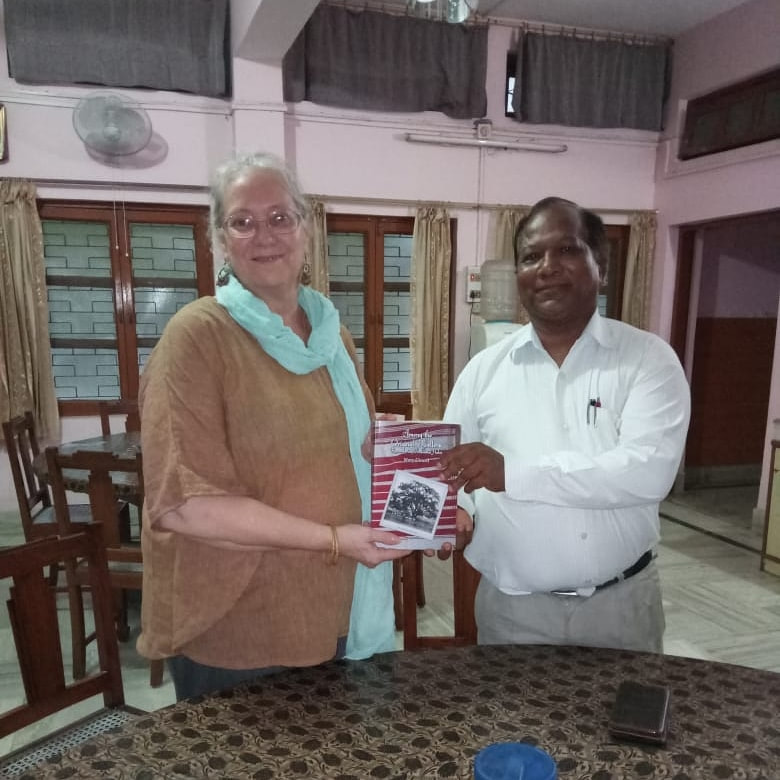
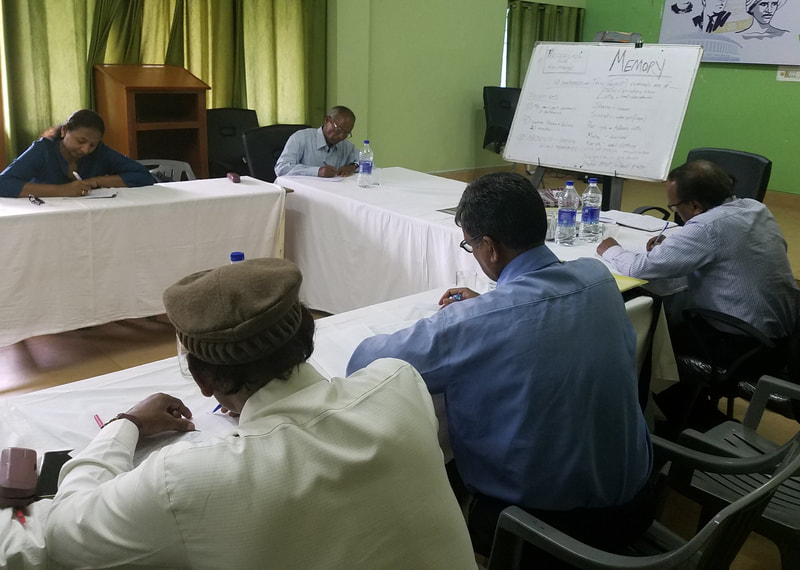
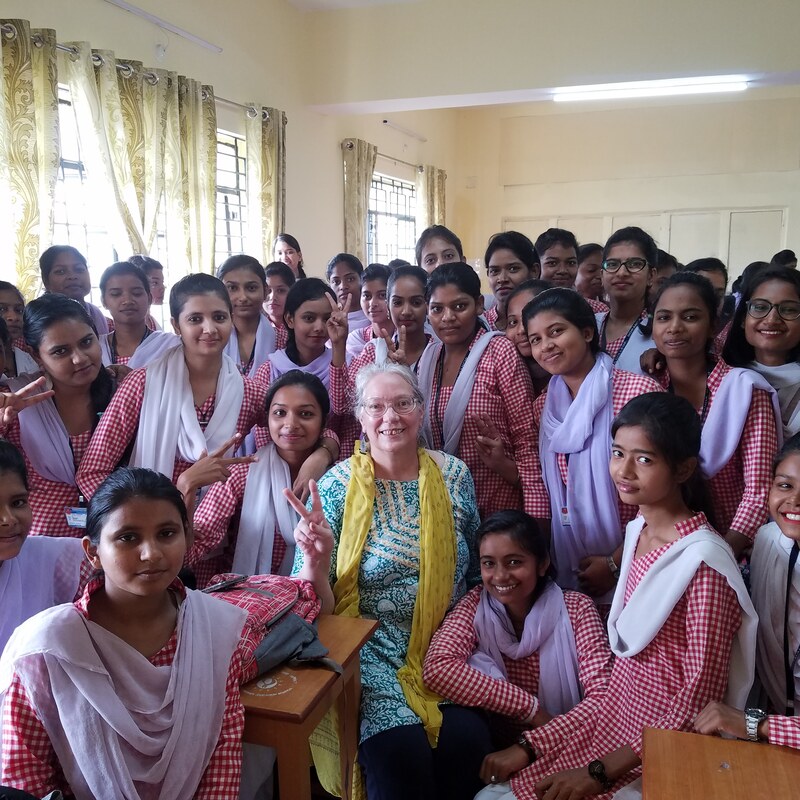
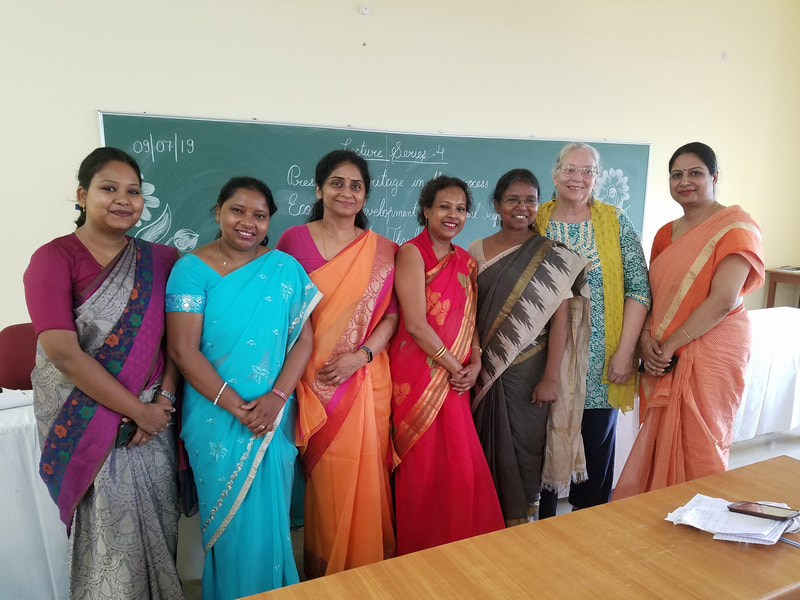
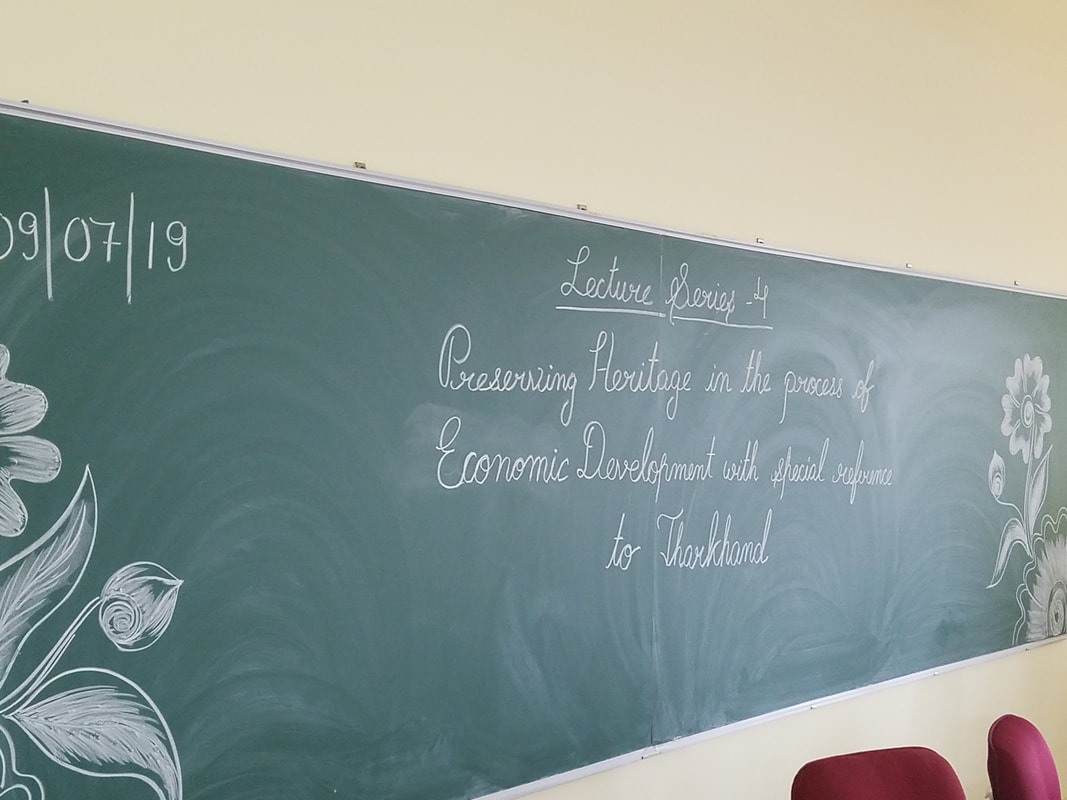
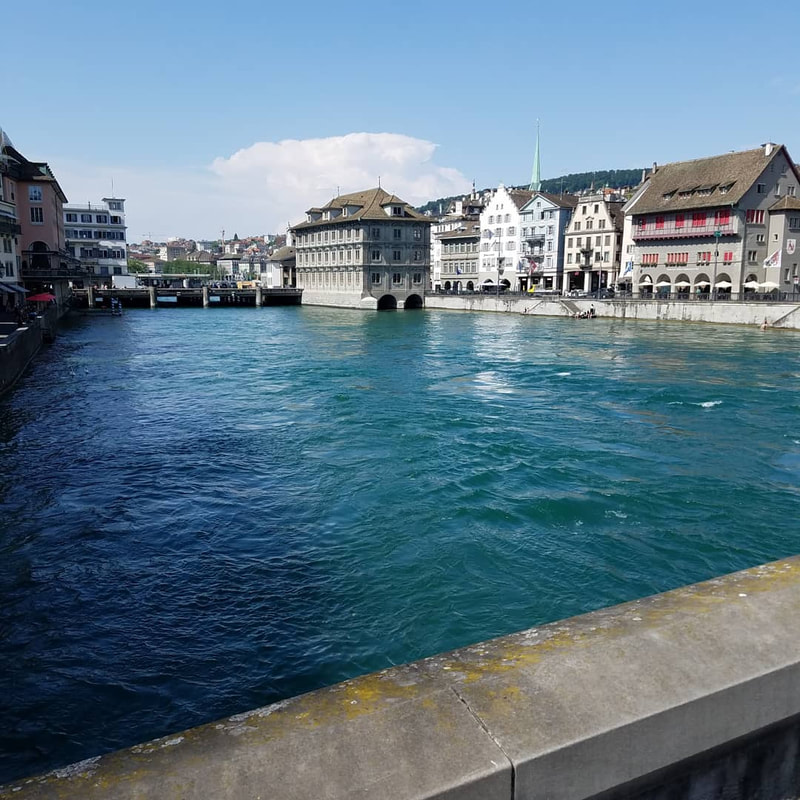
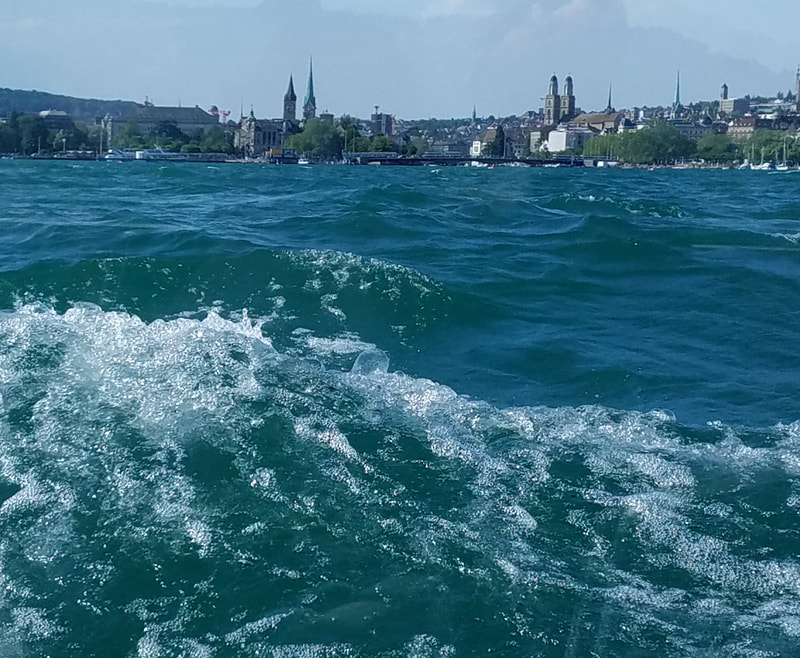
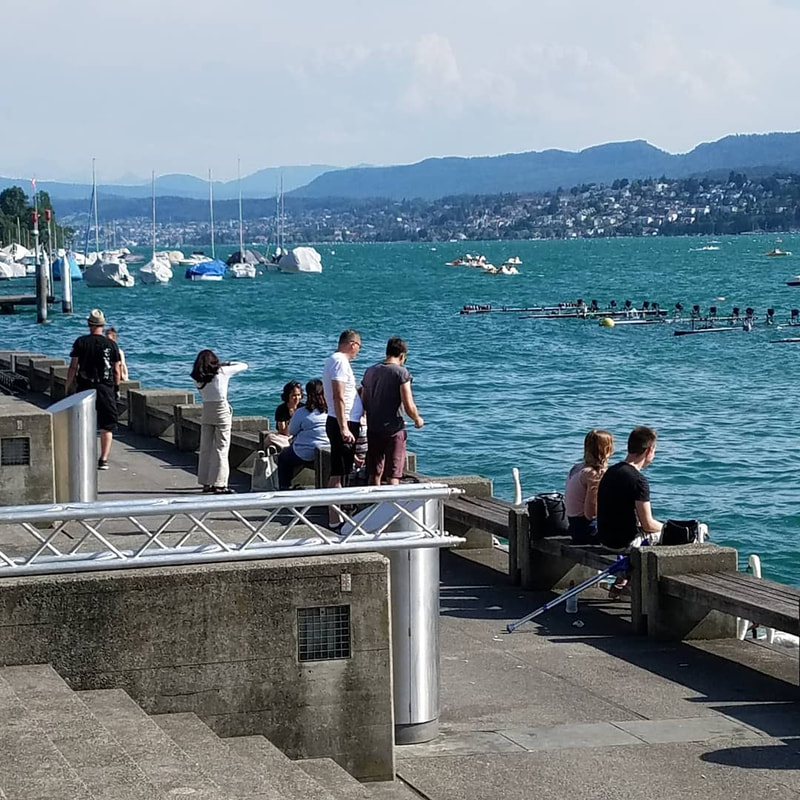
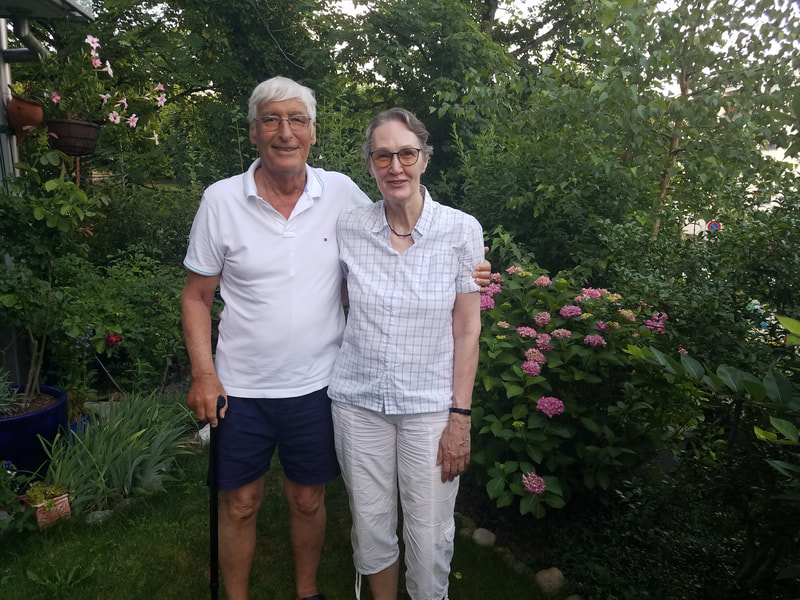
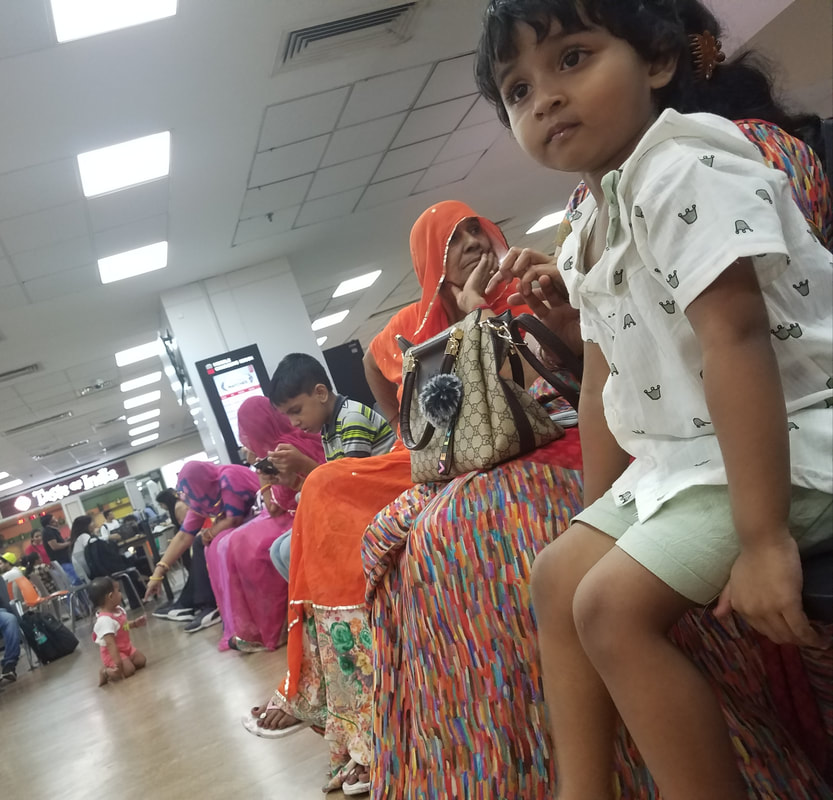
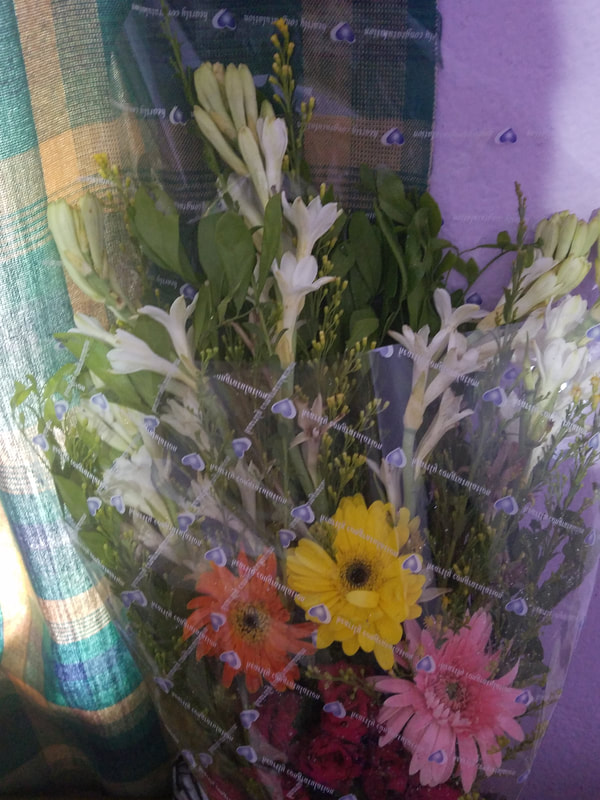
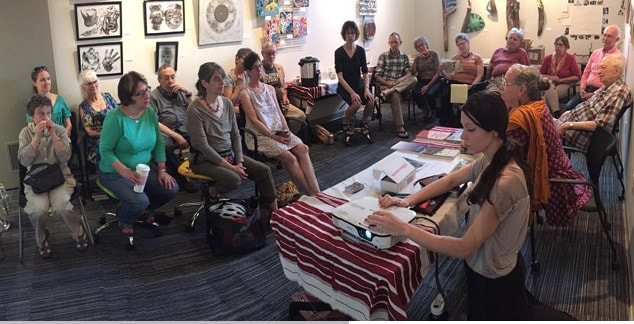
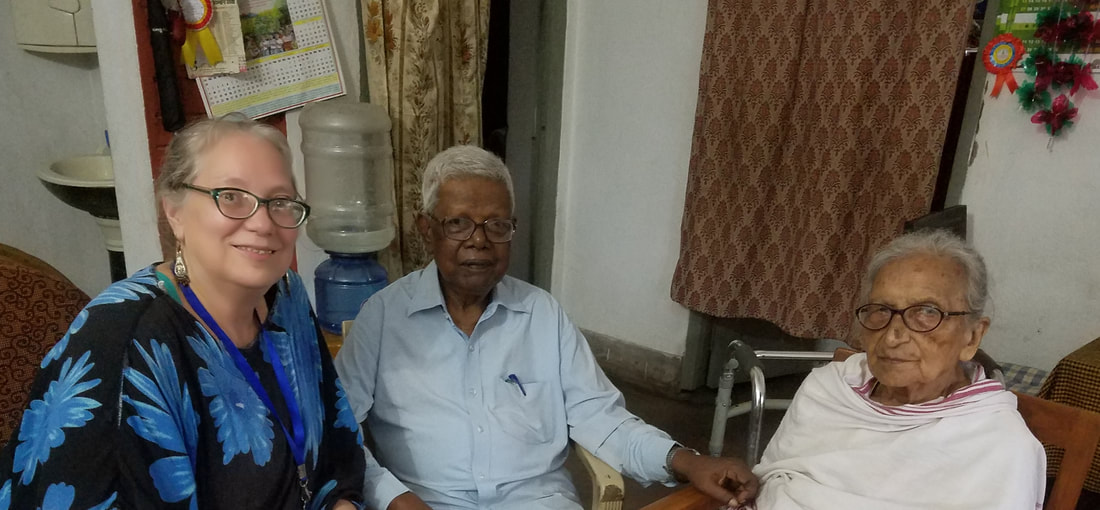
 RSS Feed
RSS Feed